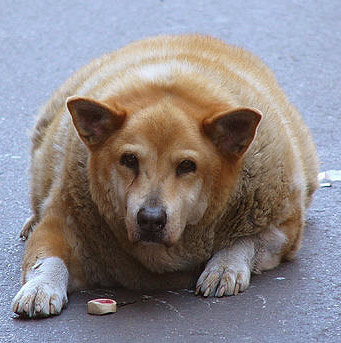Exponential functions

Exponential functions are useful for modeling animal populations, investments, drugs in the body, etc, etc!
Population example
City A has 60 thousand people, and is expected to increase by 10 000 people per year. What is its population after 1 year? 2 years? 3 years? $t$ years? 2.5 years?
| Year | 0 | 1 | 2 | 3 | 4 | 5 |
|---|---|---|---|---|---|---|
| City A | 60 000 | 70 000 | 80 000 | 90 000 | 100 000 | 110 000 |
City B has 60 thousand people, and is expected to increase by 10% each year. What is its population after 1 year? 2 years? 3 years? $t$ years? 2.5 years?
City C has 60 thousand people, and is expected to decrease by 10% each year. What is its population after 1 year? 2 years? 3 years? $t$ years? 2.5 years?
Describe the shape of each population vs. time graph:
- increasing or decreasing?
- concave up, concave down, or linear
Change language
 My favorite cactus grew from 10 feet to 13 feet this year!
My favorite cactus grew from 10 feet to 13 feet this year!
What was its
- absolute change in height?
- relative change?
- percentage change?
Absolute change = $h_2-h_1$.
Relative (or fractional change)=$\frac{h_2-h_1}{h_1}$.
Percentage change=$\frac{h_2-h_1}{h_1}*100.$
Over one day, the volume of water in my dog's water dish dropped from 500 ml to 350 ml.
What was the
- absolute change in volume?
- relative change?
- percentage change?
Calculating percentage changes
"Last week my dog weighed 120 lbs. This week he weighs 4% more!"
Two ways to calculate... $$120 + (0.04)120=120+4.8=124.8\text{ lbs}.$$ Or... $$\begineq 120+(0.04)120&=& (1)120+(0.04)120= (1.+0.04)120\\ &=&(1.04)120=124.8\text{ lbs}.\endeq$$
"124.8 is 104% of 120".
 "Oh boy, my dog has been gaining weight, 4% every week for the last 8 weeks!"
"Oh boy, my dog has been gaining weight, 4% every week for the last 8 weeks!"
| week | 0 | 1 | 2 | 3 | ... | 8 |
| weight (lbs) | $120$ | $124.8$ $=(1.04) 120$ |
$129.8$ $=(1.04)124.8$ $=(1.04)^2 120$ |
$135$ $=(1.04)129.8$ $=(1.04)^3 120$ | ... | ?? |
What is the dog's weight after 2.5 weeks?
Basic concepts
A function is linear if it changes at a constant absolute rate: $$y(x)=b+mx$$
- $b$ is the initial value / $y$-intercept,
- $m$ is the rate of change.
A function is exponential if it changes at a constant percentage rate: $$y(x)=a b^x=a(1+r)^x$$
- $a=y(0)$ is the initial value,
- $b$ is the "growth factor".
- If $1\lt b$ then $y$ is growing exponentially.
- If $0\lt b \lt 1$ then $y$ is decreasing exponentially, or "decaying" exponentially.
- $r$ is the growth rate, or relative growth rate.
- If $0\lt r$ then $y$ is growing exponentially.
- If $-1\lt r \lt 0$ then $y$ is decaying exponentially.
Investment example
 Suppose an investment earns a fixed return of 8% per year, and that you initially invest $500.
Suppose an investment earns a fixed return of 8% per year, and that you initially invest $500.
- What will your investment, $I(t)$ be worth $t$ years after the initial investment?
- Graph this function.
- Based on your graph, how long will it take to double the investment?
- How long will it take to double the investment again?
Bacteria example
Suppose the population of bacteria (in millions) is $P(t)=4.3(0.76)^t$ after $t$ hours.
- What was the initial ($t=0$) population of bacteria?
- What is the percent decrease per hour?
Folding paper
A single sheet of paper is about 0.1 mm thick.
How thick would a piece of paper that has been folded $n$ times be?
Image credits: Ozzy Delaney, Mr TGT, Beau Rogers, Frank Wittig